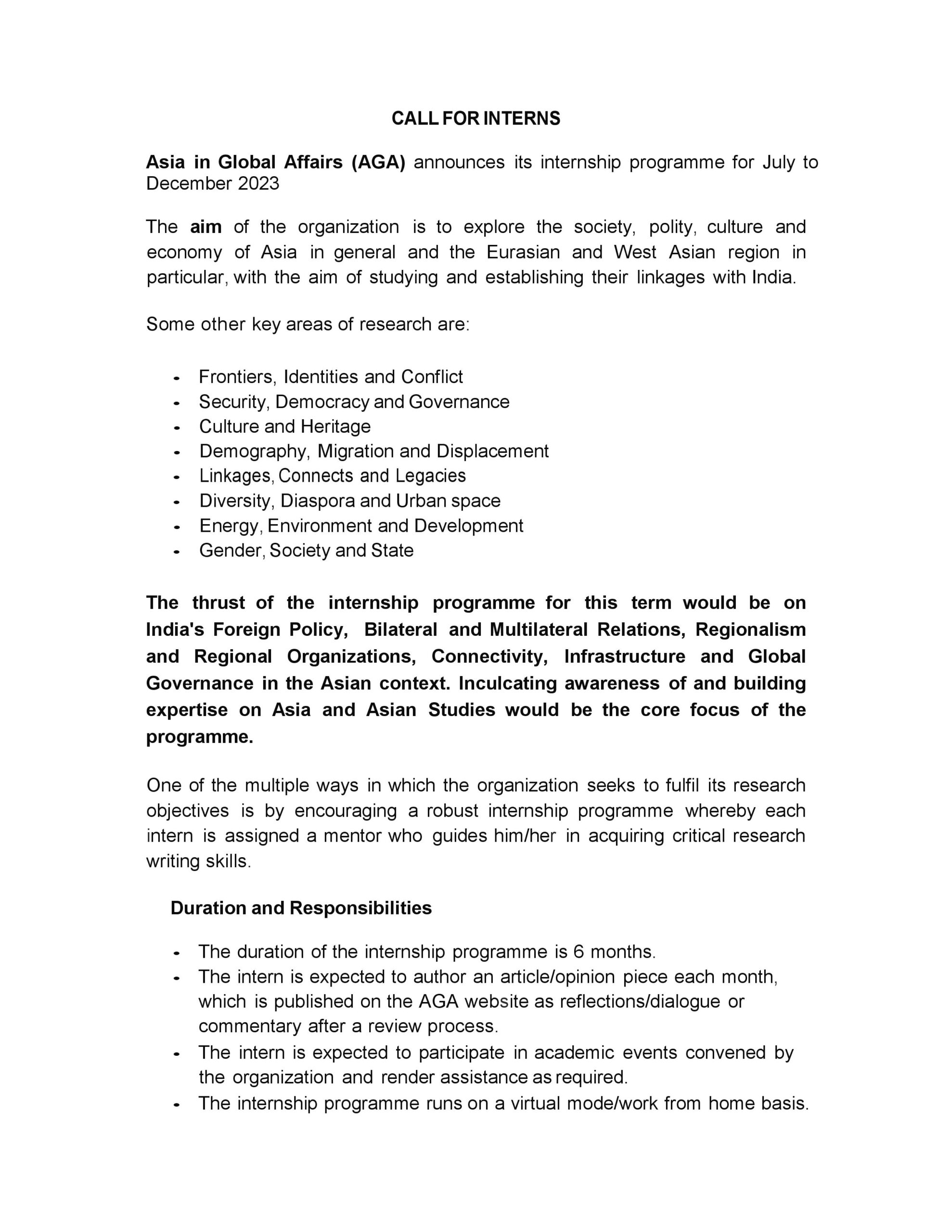Asia In Global Affairs organized a lecture by Dr. Soumen Mukherjee on ‘Islam Meets Yoga: Sufis and Natha Yogis in Medieval and Early Modern Bengal’ at the Eastern Zonal Culture Centre, Saltlake on 26th July 2019. The lecture as delivered is part of an ongoing project.
The work on the Sufis and the Yogis is premised on two fundamental critiques of how the discourse surrounding these two traditions are constructed. Firstly, the work arises from a fundamental discomfort regarding the rigid characterisation of ‘Sufis’ and ‘Yogis’. The lecture argued against such a premise emphasising not only on the fluid nature of these traditions but also on the occurrence of dialogues and interactions between and within these traditions. Later in the lecture, Dr. Mukherjee adds a qualification to this by pointing out that the sects themselves were characterised by internal strands and contestations. There was a spiritual quest to delve into the mystical traditions and rework them. In this context, the work points out the production of Yogic texts by Sufi writers as well as Yogic interventions which talk about Tantric excesses.
The second critique is of how the notion of ‘syncretism’ is considered in the light of some particular texts. The work first points out that many of the texts were propagated through a medium of cultural translation. The work argues that the notion of syncretism also concerns a more organic connection with the people who were the receivers of these cultural translations. Instead of falling back on the binaries of Hindu and Muslim, the work utilises the genealogical model of ‘Indic’ to study the Sufi and Natha-Yogi traditions.
Shekh Phayjulla’s ‘Goraksha-bijay’ Bengal’s significant contribution to the Natha-Yogi literature has been taken as a case study for the work. It traces a Sufi master’s quest for ‘equivalence’. The theory of equivalence is a fundamental concept in the work. It refers to the aforementioned process of cultural translation whereby the presenter and the audience try to come on a level ground to ensure the transmission of ideas. Phayjulla’s work thus takes cognizance of this organic connection with the people which extends to much more than the sole purpose of seeking clientele. Dr. Soumen Mukherjee added that clientele was very much a consideration for the Sufis and the Yogis however, simultaneously there was a literary tradition which created several more organic connections. In the prose, Gorakshanath recues his ‘guru’ Matsendranath. This is an inversion of the hierarchical relationship between a ‘guru’ and his disciple. According to Soumen Mukherjee, this is also reflective of the tensions between the different strands within the Natha-Yogi tradition.
In his lecture, Dr. Mukherjee pointed out another point of engagement in the work. He noted that Sufi mysticism while celebrating sexual exploration and fluidity also emphasised on the renunciation of the same. Thus, unlike the notion of the next life it focused more on the present. It was not an economy of miracles. Sufi and Yogic mysticism was about creating a new grammar of the self, according to the work. The work takes the idea of asceticism and brings it into conversation with ‘akensis’. Thus, the work shows a particular text and a particular Sufi master who is borrowing previously existing nomenclature and creating his own grammar of equivalence. This equivalence is part of the cultural translation, which allows the presenter and audience to come to a same level of understanding through which the idea is transmitted. In his concluding remark, Dr. Mukherjee elaborated on the technologies of self-control involved in akensis and how they were involved in the formation of the notion of asceticism. The presented work offered several insights into a vibrant cultural and literary tradition of Bengal which often remains underexplored.
The Report has been prepared by Sujato Datta
Intern, AGA


